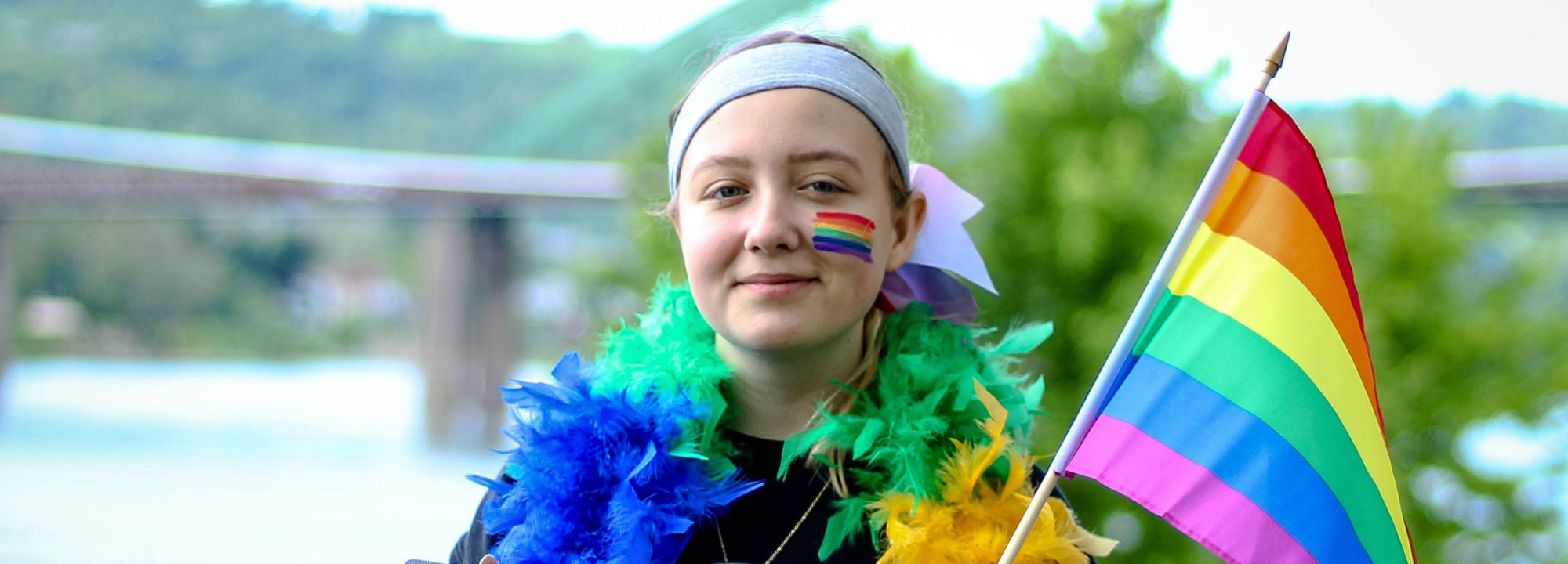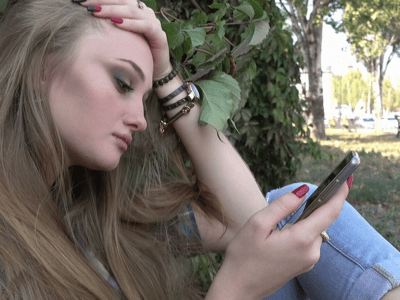
Published: 24th of June 2021
It's Pride Month in the UK, which marks the celebration of and focus on LGBTQ+ communities. While this is a time to celebrate, it is also an important time to shed light on the difficult everyday situations many LGBTQ+ young people find themselves in, especially during the ongoing pandemic. Understanding the context of the lives of young LGBTQ+ people and the lived experience of children and young people in our care means we can better understand and support them.
The 'Queerantine study' by UCL and University of Sussex found that more than two thirds of LGBTQ+ people showed significant symptoms of depression during lockdown.
We have pulled out some key statistics from national reports to illustrate the lived experiences of LGBTQ+ young people.

LGBTQ respondents are less satisfied with their life than the general UK population (rating satisfaction 6.5 on average out of 10 compared with 7.7)
The national average is 7.7/10. There are many reasons why LGBTQ+ people may experience lower life satisfaction than their peers. Reasons can include anti-LGBTQ+ messages in the mainstream media, bullying, violent hate crime and other forms of discrimination. It is believed these issues contribute to higher rates of poor mental health and substance use within the LGBTQ+ community.

4 in 5 trans young people (84%) have self-harmed
Trans young people are subject to sustained bullying in schools, with 46% 'frequently' or 'often' hearing negative comments about trans people and their gender identity or experiencing physical violence. 45% of trans young people have attempted to take their own life. Recent findings suggest 68% of LGBTQ+ young people have also experienced suicidal feelings, compared to 29% of non–LGBTQ+ peers.

At least 2 in 5 LGBTQ+ young people have experienced a hate incident
These include verbal harassment, intimidation, and physical or sexual violence. More than nine in ten of the most serious incidents are unreported, often because "it happens all the time."

45% of LGBTQ+ pupils in the UK are bullied at school
Less than a third of bullied LGBTQ+ pupils say teachers intervened during bullying. Seven in ten LGBTQ+ pupils (68%) report that teachers or staff only ‘sometimes’ or ‘never’ challenge homophobic, biphobic and transphobic (HBT) language when they hear it. Those entrusted with safeguarding children and young people should take the lead in tackling HBT. This would promote inclusivity and acceptance within schools and helps LGBTQ+ young people feel protected by those in positions of power.

1 in 10 trans pupils will receive death threats from other pupils
One pupil responding to the Stonewall report in 2017 said, "I was threatened to have my throat slit open in class right in front of a teacher and nothing was ever done. They gave me no help." The UK government estimates that there is at least one trans pupil in each year group. It is the responsibility of every teacher and caregiver to foster a safe school environment for all pupils. This is essential for the health, wellbeing, and development of the next generation.
Do you receive our Safeguarding Alerts?
Receive regular updates to help you safeguard children in a digital era.










